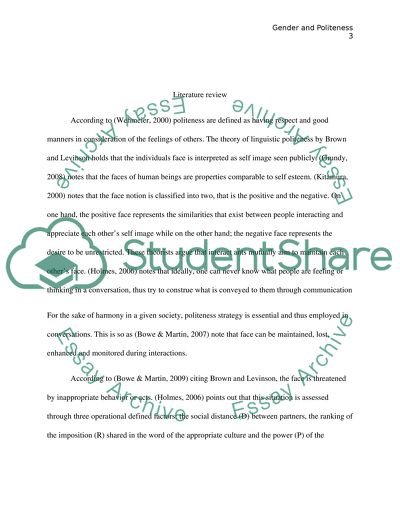Cite this document
(“GENDER AND POLITENESS IN AN ESL LANGUAGE ACADEMIC CONTEXT Research Paper - 1”, n.d.)
Retrieved from https://studentshare.org/english/1492593-gender-and-politeness-in-an-esl-language-academic
Retrieved from https://studentshare.org/english/1492593-gender-and-politeness-in-an-esl-language-academic
(GENDER AND POLITENESS IN AN ESL LANGUAGE ACADEMIC CONTEXT Research Paper - 1)
https://studentshare.org/english/1492593-gender-and-politeness-in-an-esl-language-academic.
https://studentshare.org/english/1492593-gender-and-politeness-in-an-esl-language-academic.
“GENDER AND POLITENESS IN AN ESL LANGUAGE ACADEMIC CONTEXT Research Paper - 1”, n.d. https://studentshare.org/english/1492593-gender-and-politeness-in-an-esl-language-academic.


